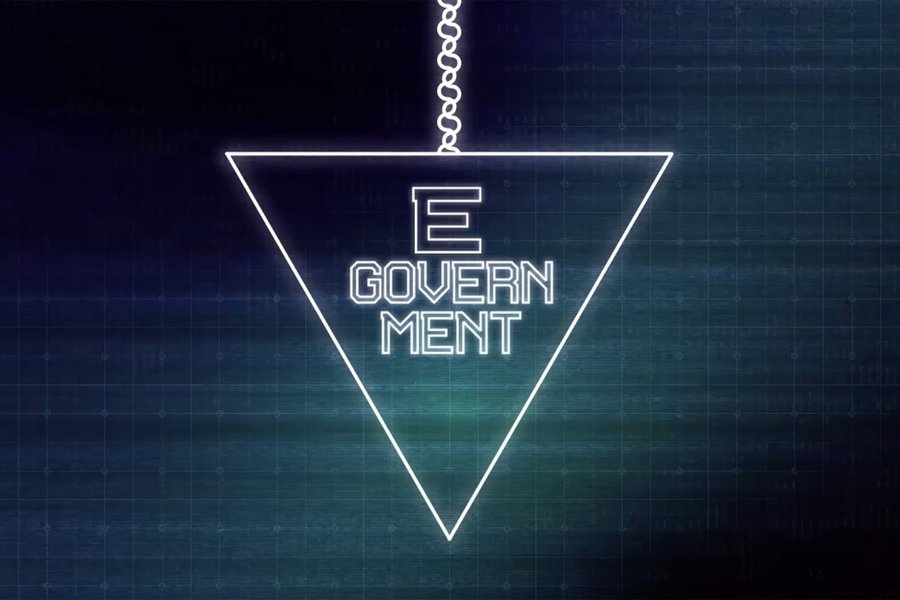Across the world, the use of ICT (information and communications technology) to provide access to government services and information is becoming increasingly popular. Since the global pandemic started, the availability and user-centricity of eGovernment services has increased, but COVID-19 isn’t the only reason for its growth. Now, affordable smartphones are widely available – globally, an average of 76% of people in advanced economies have a smartphone1 – and ongoing advances in technology mean that a secure implementation of government services in the cloud is increasingly possible.
In August 2021, the G20 ministers’ meeting on digitalization was held in Trieste, Italy. G20 members signed a declaration identifying 12 actions to accelerate digital transition.2 One of these focuses on ICTs to improve public services, while another focuses on the development of digital identities, a prerequisite for a well-functioning eGovernment offering a broad portfolio. The initiative is an important step for the advancement of eGovernment technology, which benefits both governments and the public alike.




